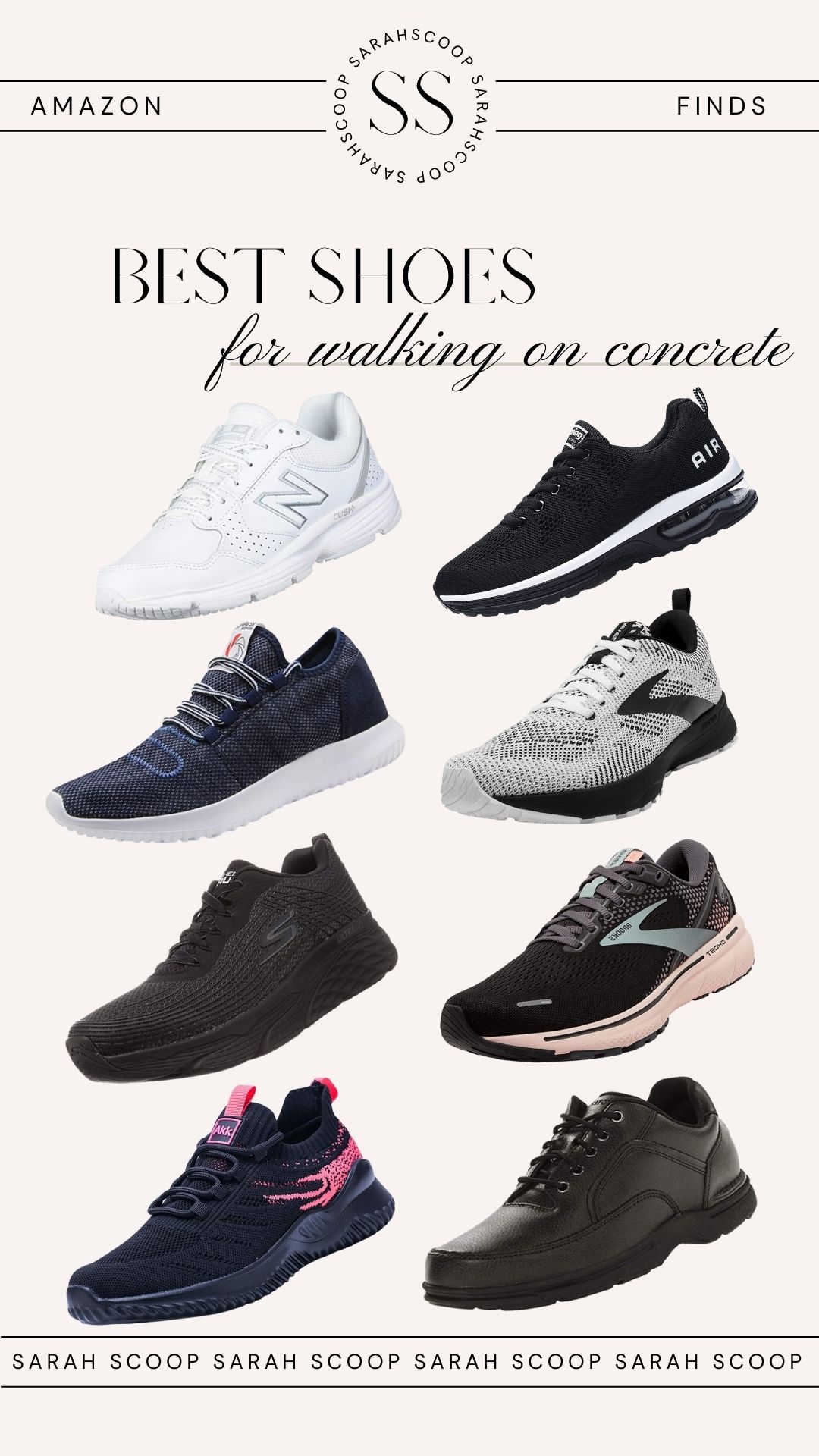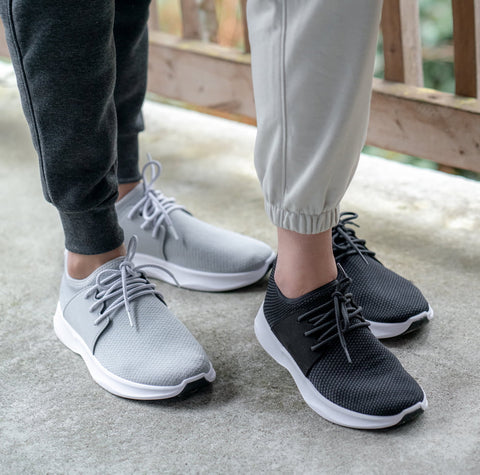Finding the Perfect Walking Shoes for Concrete Surfaces
Walking on concrete surfaces can be a daily routine for many people, whether it’s commuting to work, running errands, or simply enjoying a stroll. However, the hardness and unforgiving nature of concrete can take a toll on your feet, knees, and back if you’re not wearing the right footwear. The key to comfortable and pain-free walking on concrete lies in selecting the good shoes for walking on concrete. In this article, we’ll explore the factors that make a shoe ideal for concrete, provide scientific explanations, and offer practical advice to help you find the perfect pair.
Understanding the Challenges of Walking on Concrete
Concrete is one of the most common surfaces people walk on, but it’s also one of the toughest on the body. Unlike softer surfaces like grass or dirt, concrete lacks any natural cushioning or give. This means that every step you take transfers a significant amount of impact directly to your feet, which can lead to discomfort, fatigue, and even long-term injuries if not addressed. According to a study by the American Podiatric Medical Association, the repetitive stress from walking on hard surfaces like concrete can contribute to conditions such as plantar fasciitis, knee pain, and lower back issues. Therefore, choosing the right footwear is essential to mitigate these risks.

Key Features of Good Shoes for Walking on Concrete
When it comes to selecting good shoes for walking on concrete, several features should be prioritized. These include cushioning, support, durability, and flexibility. Let’s break down each of these aspects to understand why they are crucial for walking on concrete.
1. Cushioning
Cushioning is perhaps the most important feature when it comes to walking on concrete. The right amount of cushioning can absorb the impact of each step, reducing stress on your joints. According to a report by the Journal of Sports Sciences, shoes with high-quality cushioning can reduce up to 50% of the impact forces transmitted to the body. Memory foam, gel inserts, and EVA (ethylene-vinyl acetate) midsoles are common materials used in shoes designed for concrete walking. These materials provide a soft yet responsive feel, ensuring that your feet remain comfortable even after hours of walking.
2. Support
Support is another critical factor, especially for individuals with flat feet or overpronation. Shoes with good arch support and a stable heel counter can help maintain proper alignment of the foot and ankle, reducing the risk of injury. The American Academy of Orthopedic Surgeons recommends shoes with a firm midsole and a wide base for added stability. Additionally, shoes with a reinforced toe box can protect your feet from accidental bumps and impacts, which are common when walking in urban environments.

3. Durability
Walking on concrete can be tough on shoes, so durability is a must. Shoes made from high-quality materials like leather, rubber, and synthetic fibers are more resistant to wear and tear. A durable outsole with deep treads can provide better traction and longevity, especially in wet or slippery conditions. According to a review by RunRepeat, shoes with a rubber outsole and reinforced stitching tend to last longer and perform better on concrete surfaces.
4. Flexibility
While cushioning and support are essential, flexibility is equally important for natural foot movement. Shoes that are too rigid can restrict your gait and lead to discomfort. On the other hand, shoes with a flexible sole allow your feet to bend and flex as you walk, promoting a more natural stride. The American College of Sports Medicine suggests that shoes with a flexible forefoot are ideal for walking on hard surfaces like concrete.

Popular Brands and Models for Concrete Walking
Several brands are known for producing good shoes for walking on concrete. Some of the most popular options include:
- Hoka One One: Known for their maximalist cushioning, Hoka shoes are a favorite among walkers and runners. Models like the Hoka Bondi and Hoka Clifton are highly recommended for their plush cushioning and lightweight design.
- Brooks: Brooks offers a range of walking shoes with excellent support and cushioning. The Brooks Ghost and Brooks Adrenaline are popular choices for individuals seeking comfort and durability.
- New Balance: New Balance is renowned for its customizable fit and superior arch support. Models like the New Balance 990 and New Balance 880 are ideal for walking on concrete.
- ASICS: ASICS shoes are known for their Gel technology, which provides exceptional shock absorption. The ASICS Gel-Kayano and ASICS Gel-Nimbus are excellent options for concrete walking.
These brands consistently receive high ratings from users and experts alike, making them a reliable choice for anyone in need of good shoes for walking on concrete.

Tips for Choosing the Right Shoes
Choosing the right shoes for walking on concrete isn’t just about picking a popular brand. Here are some practical tips to ensure you make the best choice:
1. Try Them On
Always try on shoes before purchasing, even if you plan to buy online. Walk around the store to ensure the shoes feel comfortable and provide adequate support. Your toes should have enough room to wiggle, and the shoes should fit snugly without being too tight.
2. Consider Your Foot Type
Different foot types require different levels of support. If you have flat feet or overpronation, look for shoes with added arch support. Conversely, if you have high arches, you may need shoes with extra cushioning to prevent discomfort.
3. Check for Return Policies
Even with careful selection, you may find that a pair of shoes doesn’t suit you after wearing them for a while. Look for stores or online retailers with generous return policies, so you can exchange or return the shoes if needed.
4. Invest in Quality
While it may be tempting to opt for cheaper options, investing in a high-quality pair of shoes can save you money in the long run. Quality shoes are more durable and provide better support, reducing the need for frequent replacements.

Conclusion
Walking on concrete doesn’t have to be a painful experience. By selecting the right pair of good shoes for walking on concrete, you can enjoy comfortable and injury-free walks. Remember to prioritize cushioning, support, durability, and flexibility when making your choice. With the right footwear, you’ll be ready to tackle any concrete surface with confidence and ease.
